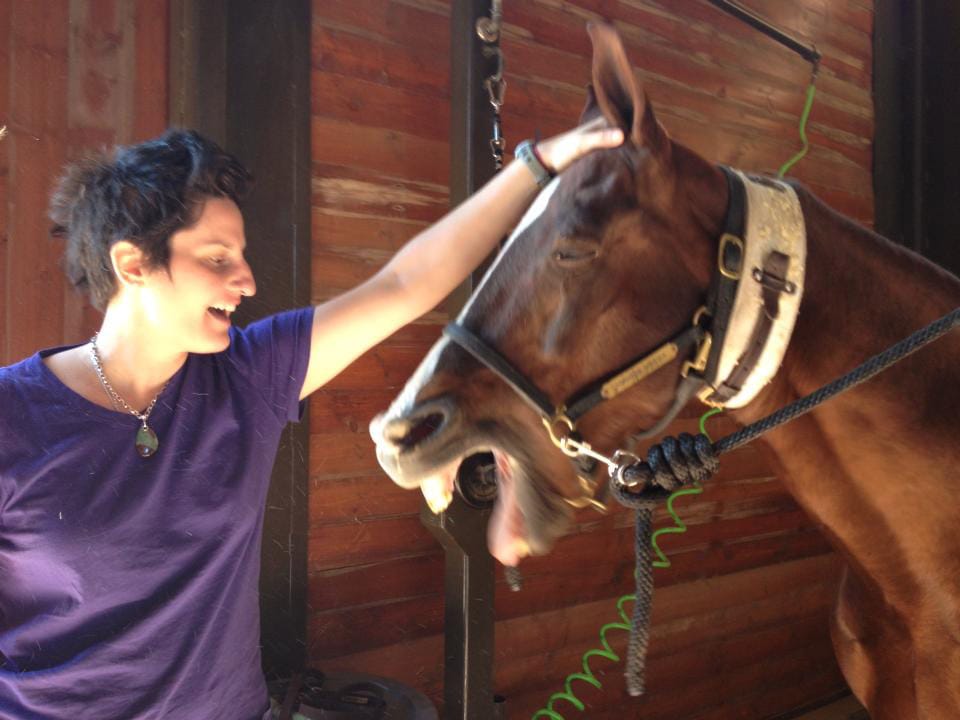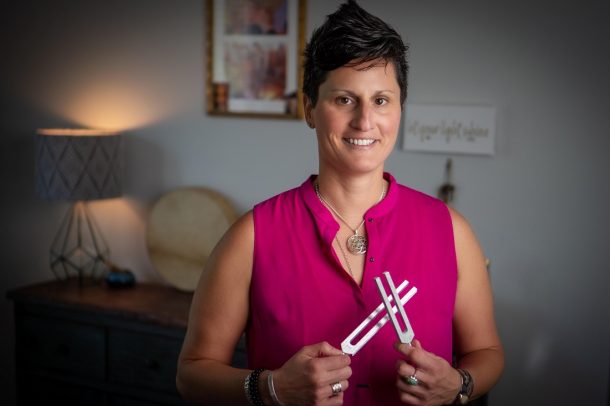
MYOFASCIAL RELEASE THERAPY - FAQ's
Frequently Asked Questions (FAQ)
What is Myofascial Release (MFR)?
Myofascial Release (MFR), as taught by John F. Barnes, is a highly effective, full body, hands-on approach. This manual therapy can provide amazing results for decreasing pain and increasing range of motion. It views each individual as a whole person and creates an environment to allow one’s self to inherently heal.
To simply describe a complex system, fascia is a web-like system in our body that runs head to toe without interruption. It is a tough connective tissue that supports our entire being from the largest structures in our body down to the cellular level. Until recently most professionals in the health care industry have largely ignored the fascial system. Physical trauma, inflammation or postural misalignment can cause fascial restrictions leading to pressure on pain-sensitive structures. This excessive pressure acts as a “straight jacket” in our body, producing symptoms such as pain, headaches or limited range of motion. The modality of MFR uses sustained pressure and gentle stretching or compression into the fascial system allowing it to regain fluidity and relieve the tension of this tough connective tissue. Although MFR addresses the symptoms at hand, it is designed to discover and rectify the restrictions that are often the root of the problem!
To learn more, please visit www.myofascialrelease.com. Tanya has trained directly with John F. Barnes himself, the creator of authentic MFR.
You will receive a treatment designed to meet your individual needs. This corrective therapy will contain a combination of Myofascial Release, Cranial Sacral Therapy, and traditional Massage Therapy. Any given session may range from deeply relaxing to therapeutically challenging, or anything in between. Each treatment will be different; each will be a unique session tailored to your needs at that time. Open communication is essential!
Unlike other traditional therapies or conventional medicine, Myofascial Release does not just focus on the symptoms. It certainly addresses the symptoms at hand but also identifies and rectifies the root cause of the problem. This is the reason behind profound and lasting results.
How many sessions will I need?
Results vary by individual. There are many factors that play a role in the healing process. However, many experience a decrease in pain or an increase in range of motion even after just one session. However, depending on your therapeutic goals and current situation, sessions weekly, bi-weekly, or every other week for 4 to 12 weeks is a fair estimate of necessary time. The goal is to get every client out of pain and into a maintenance schedule once every 4-6 weeks.
How often will I need to be treated?
Again, treatment plans vary by individual. Depending on the severity of the issues or the results one is looking for, MFR proves to be more effective when increased treatments are received in a shorter period of time. Treatment once or twice a week may be encouraged during an acute situation or at the beginning of a treatment plan.
How will it feel? Are Myofascial Release treatments painful?
Oftentimes, MFR is gentle and relaxing, but from time to time a session may be therapeutically challenging. Our bodies are FEELING, PHYSICAL beings. We often tune out pain and other unpleasant sensations, but Myofascial Release encourages one to feel ALL sensations that may arise. This is what our bodies need to do to heal. As your therapist, I will help you recognize, acknowledge and understand the necessity behind these therapeutically uncomfortable moments. It is most important to know that although MFR may bring up physical or emotional pain, it does not force and will not injure you. It is important to listen to your body after a session, and know that some delayed soreness may be experienced. This is a NATURAL part of the healing process. It is important to discuss any pain or discomfort with your therapist. Drink plenty of water following your treatments and give yourself permission to experience these sensations to the fullest.
How do I dress for an MFR session?
MFR requires the use of the skin as a lever into the fascial system. Therefore, male patients wear athletic shorts and women wear shorts or bikini bottoms plus a jog-bra. Please DO NOT PUT LOTION ON YOUR SKIN prior to your MFR session. The therapist must gently “anchor” into your skin (like sinking into wet sand or clay) without sliding or gliding through lotion.
I have heard that MFR is painful. Is that true?
The majority of MFR work is very gentle, relaxing, and comfortable. However, there are times where your therapist may be drawn deeper into a restriction that is pain producing. On a pain scale of 0 to 10 where 0 is “no pain” and 10 is “severe pain”, MFR only works in the 0-7-pain range (“therapeutic” pain range). Pain levels above 7 are typically not therapeutic to work with since they automatically trigger bracing mechanisms in the body. If/when you experience pain, your therapist will ask you to report a number on the pain scale and then will adjust pressure or amount of stretch if appropriate.
Is it true that sometimes symptoms can get worse after treatment sessions?
Some patients, especially those with complex or chronic pain, experience what can best be labeled a Healing Response, especially after the first few treatment sessions. It is not uncommon, especially initially, to feel “stirred up” after some sessions. This occurs as layers of built up tissue restrictions begin to soften, lengthen, and release. Longstanding restrictions actually store accumulated toxins so when they open/release, these toxins are finally able to escape the body. This is why we recommend that all of our MFR clients drink water after each MFR session. The increased water consumption ensures that the released toxins can be eliminated from the body quickly via urination. It is important to know and remember that MFR never injures and never harms. Symptoms may increase or migrate as the body shifts into better alignment and longstanding restrictions leave the body, but this is all just a reflection of positive changes occurring in the body.
Are there other good resources where I can learn more about MFR?
“A Patient’s Guide to Understanding John F. Barnes Myofascial Release” by Cathy Covell, PT Historically, clients who read this book at the very beginning of their treatment course “get it” and reach their personal goals faster. John F. Barnes’ book titled “Healing Ancient Wounds” is also an excellent resource and can either be purchased at Amazon.com or via John’s site, www.myofascialrelease.com. Another Myofascial Release book is “What’s in Your Web” by Phil Tavolacci which can be purchased on Amazon.com John Barnes’ DVD titled “Fireside Chat” is also very informative and is available at his above-noted site.
What if I have other questions?
Ask them! We are happy to answer all of your questions to the very best of our ability.
ABOUT TANYA
“I blend my knowledge and experience in myofascial release bodywork, meditation, energy healing, and shamanic modalities to create a healing experience like nothing you’ve felt before. Step into your soul power by healing all parts of you to live a life more fulfilled, joyous, and pain free!
We each have the power to heal ourselves, our body is magnificent. I am a healer that helps facilitate you tapping into the healing power inside of you. Anything and everything is possible.”
— TANYA COLUCCI


